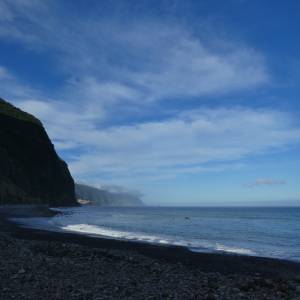Chastleton House
Another day of summer
Another wonderful day out to a National Trust property.
This time it was Chastleton House, just over the border from Warwickshire into Oxfordshire. An amazing place - preserved decay would be how it could be described on the inside - the the exterior, as seen in my pic, is magnificent
Wikipedia information
Chastleton House is a Jacobean country house situated at Chastleton near Moreton-in-Marsh, Oxfordshire, England (grid reference SP2429). It has been owned by the National Trust since 1991.
Chastleton House was built between 1607 and 1612, for Walter Jones, who had made his fortune from the law, although his family were originally Welsh wool merchants. The estate was bought in 1604 from Robert Catesby, although his residence was demolished to make way for the new house and no traces of the original building on this spot remain. The house is built of Cotswold stone, round a small courtyard, called the Dairy Court.
Chastleton House is different from other houses of its type in several respects. It has never had a park with a long, landscaped approach such as many other houses of its era. Rather it was built within an existing settlement, Chastleton village, which provided many of the services for the house which would otherwise have been attached, such as a laundry, a fishpond and a bakehouse. Secondly, until its acquisition by the Trust in 1991, it was owned by the same family for nearly 400 years. Its treatment by the Trust was similarly unusual, with a policy of conservation rather than restoration, enabling visitors to see the house largely as it was when acquired. As a result of the Trust's approach, a large number of the rooms in the house are open to the public.
Of particular note is the Long Gallery, with its barrel vaulted ceiling. No other gallery of such a length 72 feet (22 m) and date survive. Like much of the house, the Long Gallery ceiling has been subject to damage. The neglect of the roof for almost two centuries led to the failing of part of the plaster ceiling in the early 1800s, but it was not repaired until 1904-05, when two local men were engaged to make good the losses.
Also of interest is the impressive Great Chamber. Designed for the entertainment of the most important guests and for the playing of music, the design scheme has its roots in Renaissance Italy and is the most impressive in the house. The setting out of the panelling shows some inspiration from the classical, as do the painted roundels around the frieze, depicting the twelve prophets of the Old Testament and the twelve Sybils or Prophetesses of Antiquity. Also in the Great Chamber are a set of Jacobite Fiat glasses engraved with the Jacobite emblems of roses, oakleaves, and a compass rose, which betray the families eighteenth-century sympathies. These probably belonged to Henry Jones IV, who was the president of the Gloucestershire Cycle Club, one of the oldest established Jacobite clubs.
Other items of interest in the house include the Juxon Bible, which is said to have been used by the chaplain, Bishop Juxon, at the execution of Charles I. Juxon's family lived locally in Long Compton until his family died out in the eighteenth century, when it is thought to have been given to John Jones II because the Jones' were another family with Jacobite sympathies .
In 1919 a number of significant tapestries were discovered at the house, and were interpreted as evidence for the establishment of a tapestry-weaving venture at the manor house of William Sheldon (d 1570) at Barcheston, near Shipston on Stour, Warwickshire.One of these tapestries is currently on display in the Middle Chamber, and another is in the permanent collection of the Victoria and Albert Museum
An artist at work
And a special treat for
those undertaking modern diets - an alternative

Comments
Sign in or get an account to comment.


